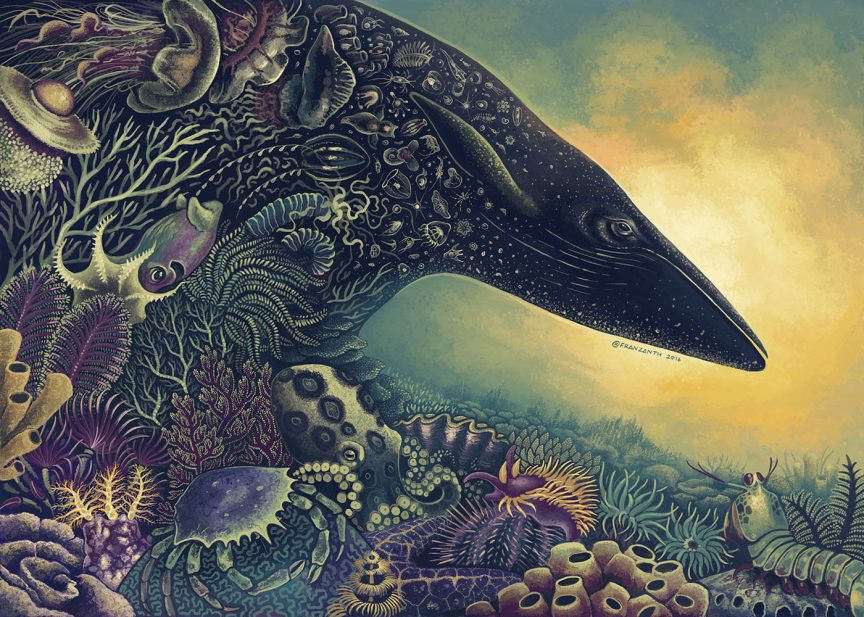Name: Franz Anthony
Which came first in your life, the science or the art?
I’ve been drawing animals for as long as I can remember. Some of my earliest memories are of reading picture books of dinosaurs and drawing all sorts of marine creatures. They kinda happened hand-in-hand. As an adult, I did graphic design for my bachelor’s degree and art for my master’s degree. I only managed to reconcile my interests in the past few years.
“Some of my earliest memories are of reading picture books of dinosaurs and drawing all sorts of marine creatures.”
Franz Anthony
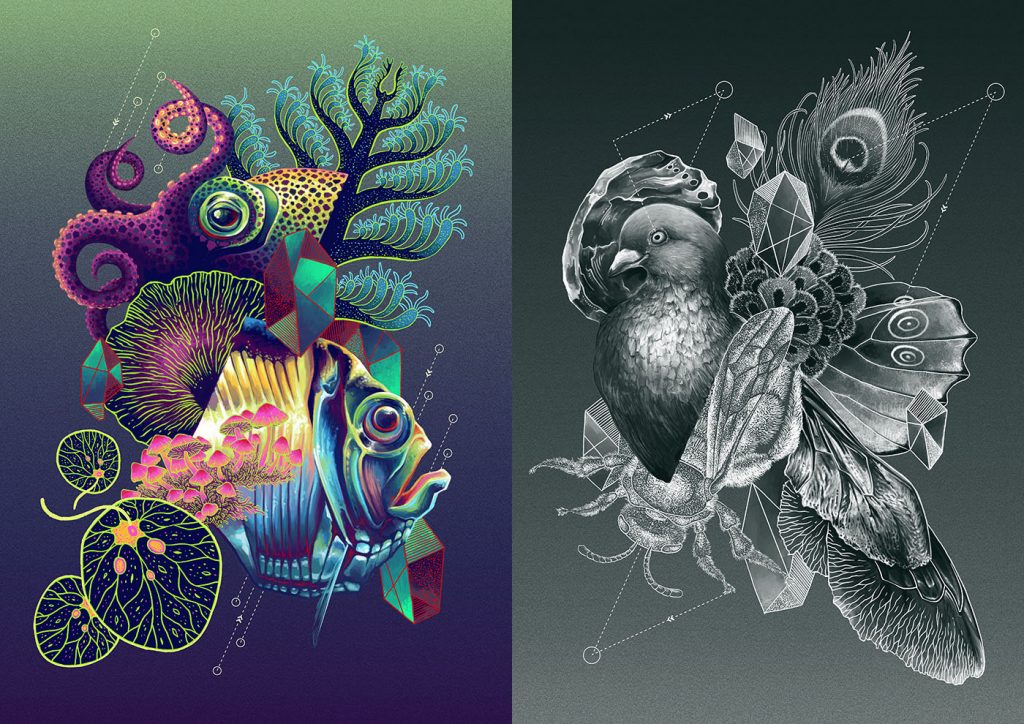
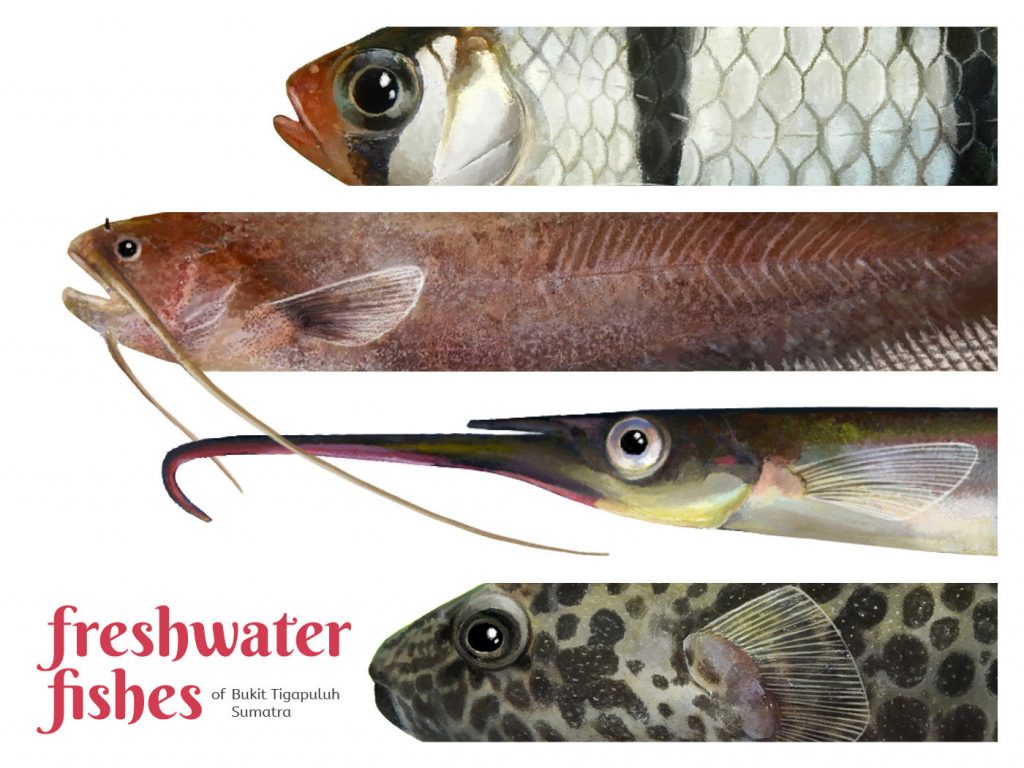

Which sciences relate to your art practice?
My primary interest is zoology, though I’ve since branched out to other related things, like plants and extinct animals. I guess I’ve always been interested in all the shapes and colours…in nature and how they interact with one another in the ecological sense.
What materials do you use to create your artworks?
I move a lot, about once a year or so. I’ve learned to do things strictly digitally, specifically with Adobe Photoshop and a drawing tablet, so I don’t have to lug around art materials whenever I move. In the past few years, I’ve gotten a bit more into macro photography. But for now, it’s more of a way to supplement my drawings with reference images than producing artistic photographs.

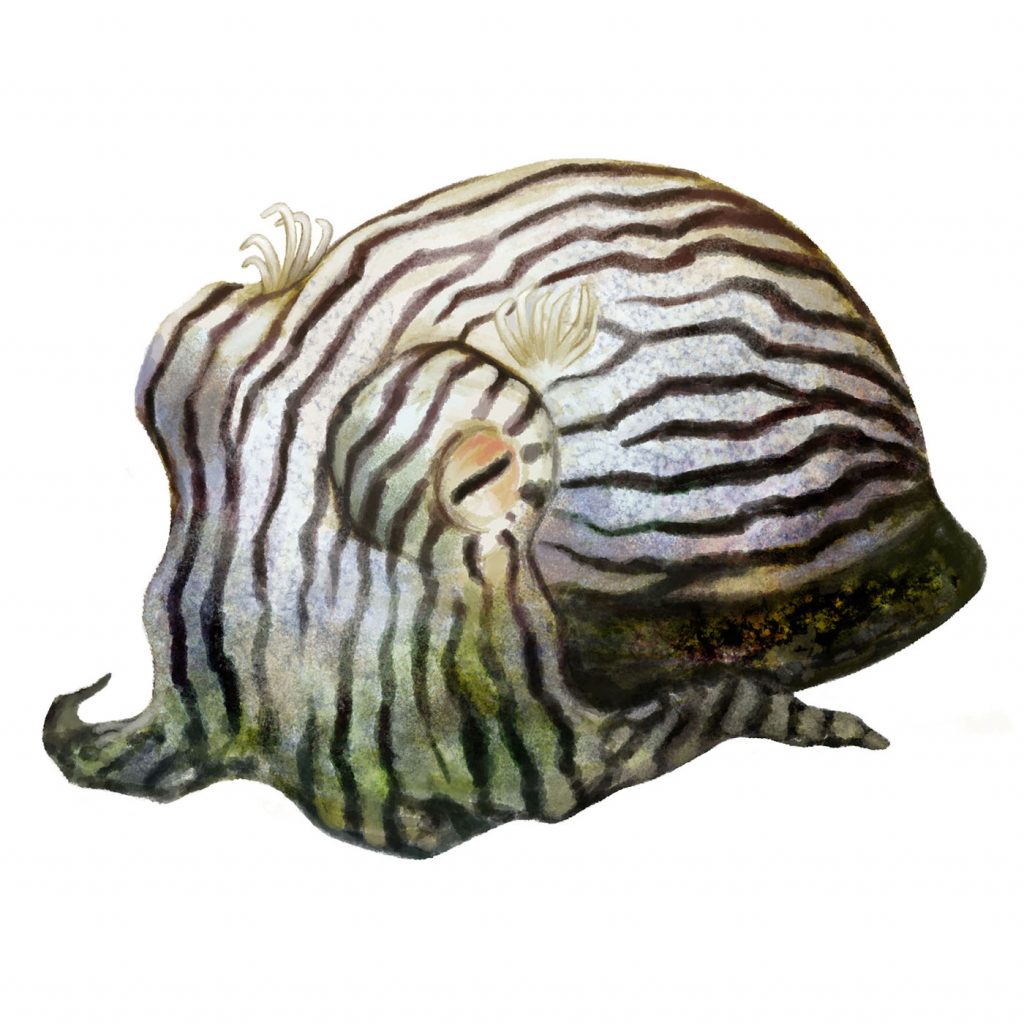
Artwork/Exhibition you are most proud of:
In 2019, I was commissioned by Scientific American to do a cover for their magazine about the Ediacaran biota. It’s such a relatively under-celebrated group of prehistoric organisms—among the first multicellular lifeforms.
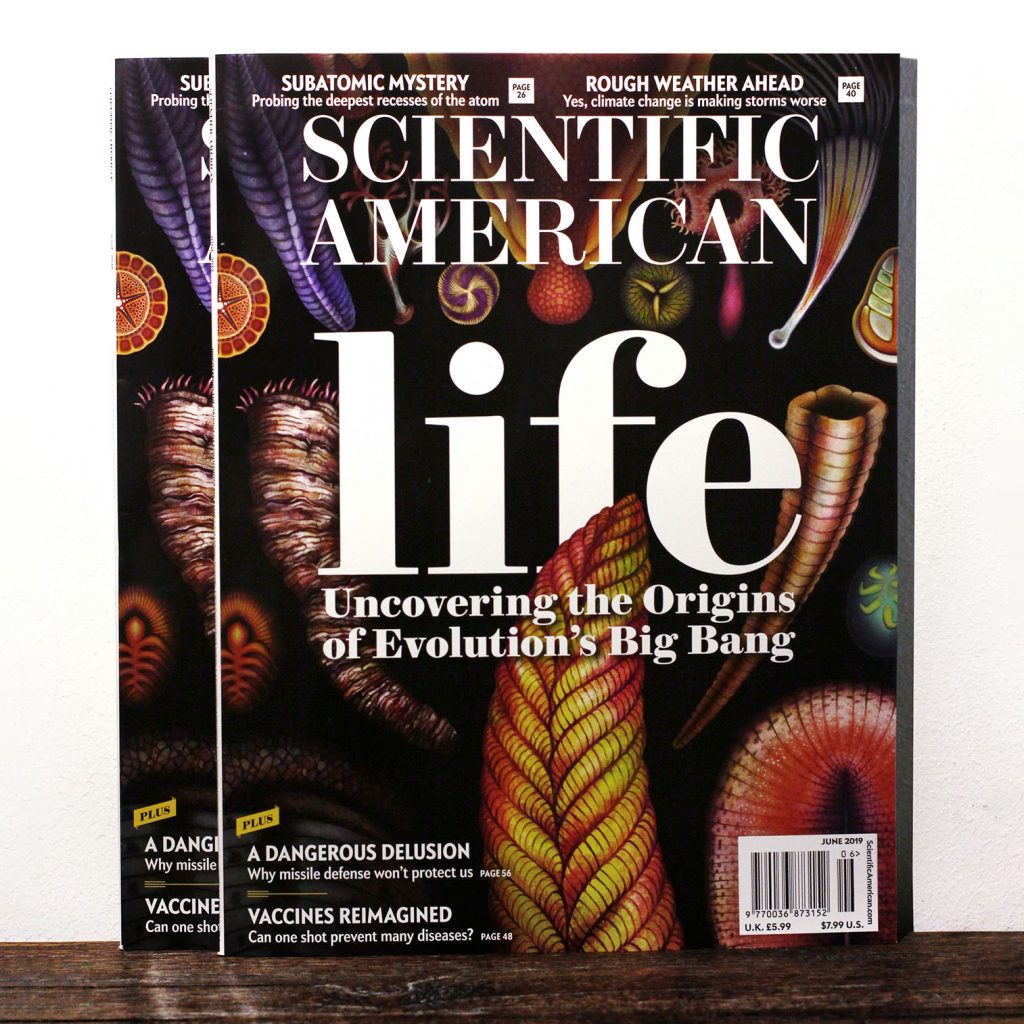
In the same year, I was also a nominee for The Association of Illustrators (AOI) World Illustration Awards for the “research” category. My piece was more technical than the other nominees’ works in the category, so I was happy that my artwork managed to reach an audience that doesn’t normally interact with science on a daily basis.
“I was happy that my artwork managed to reach an audience that doesn’t normally interact with science on a daily basis.”
Franz Anthony
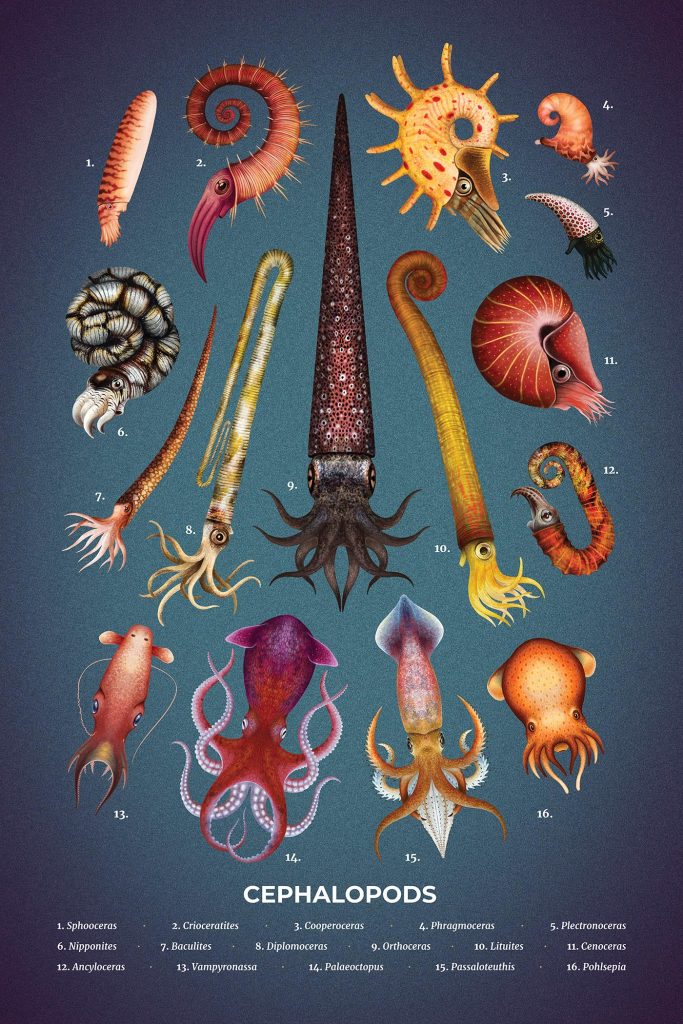
Which scientists and/or artists inspire and/or have influenced you?
This is a tricky question. A lot of my inspiration sources aren’t directly related to what I do. I’m in awe of intricate details as seen in Azuma Makoto’s floral installations, Victo Ngai’s illustrations, and Keliki-style Balinese paintings.
On the other hand, I could spend hours in well-designed natural history museums just appreciating how they present the specimens and information to the audience, from the specimen containers to the typography of the labels. My favorite museums so far are the National Museum of Nature and Science and Intermediatheque, both located in Tokyo, Japan, and the Melbourne Museum in Melbourne, Australia.
“I could spend hours in well-designed natural history museums just appreciating how they present the specimens and information to the audience”
Franz Anthony
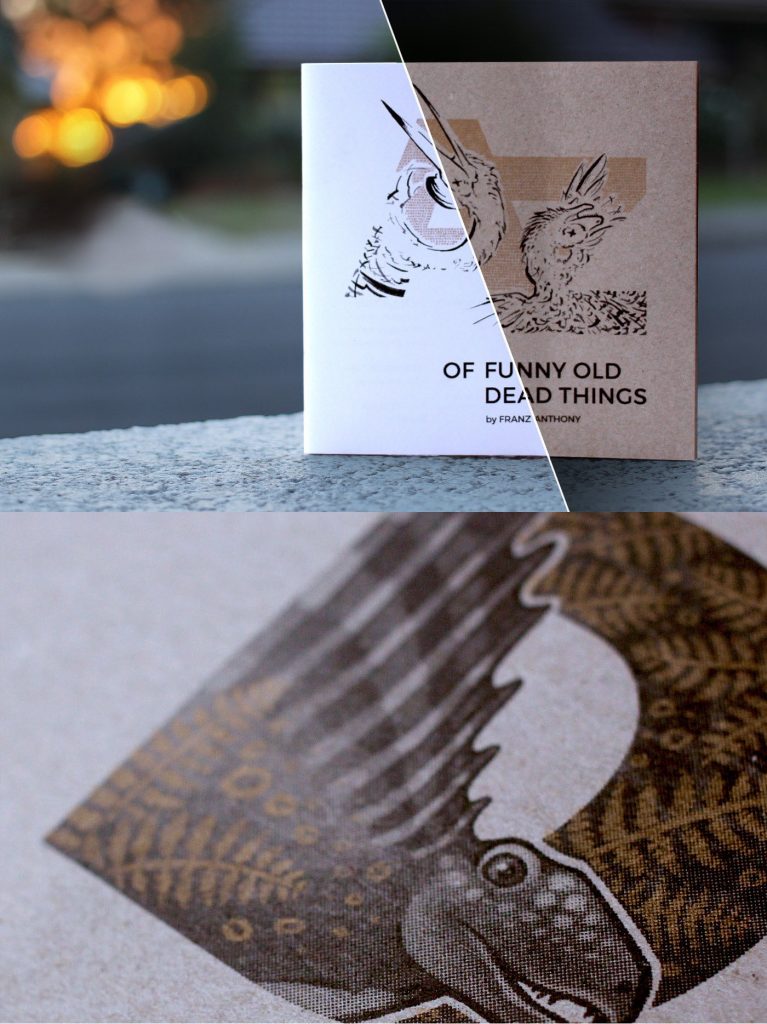

For more by Franz Anthony, visit his website, Twitter, or Instagram.
Share this Post

